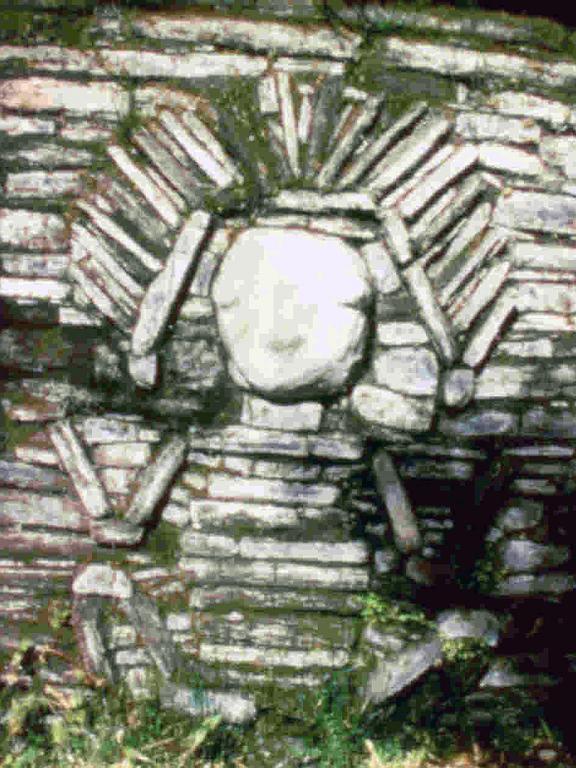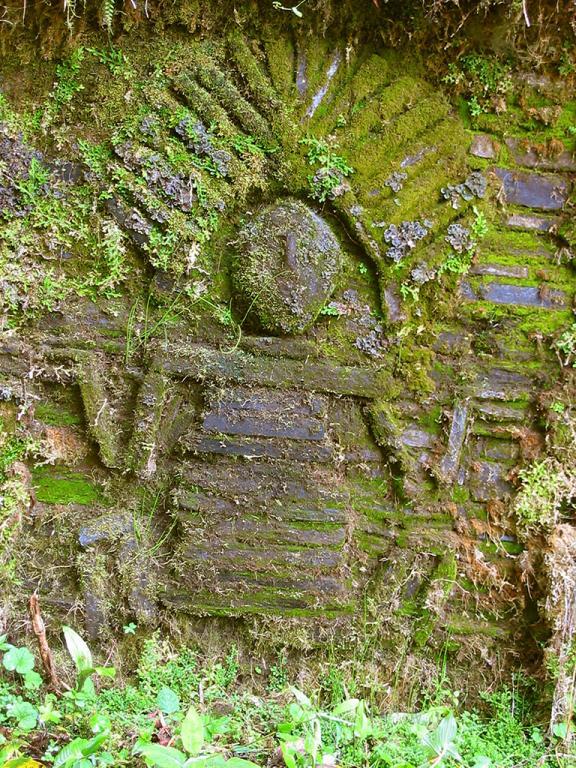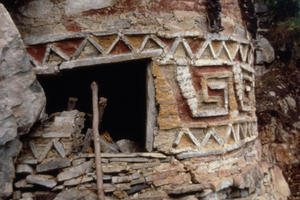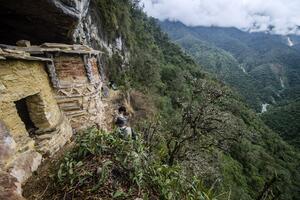Gran Pajatén
2014 World Monuments Watch
Gran Pajatén is an archaeological site located in Río Abiseo, a World Heritage Site and National Park in northern Peru. Rediscovered in the 1960s, Pajatén is located on the Amazonian slope of the Eastern Andes mountain range, in the Huicungo district between the confluence of the Marañon and Huallaga rivers. Occupied as early as 200 B.C., it contains decorated terrace structures, winding streets, platforms, and 16 circular buildings. It exhibits elaborate wall ornamentation techniques, including inlaid slate mosaics and stone carvings depicting bird, human, and geometric shapes. These art forms are attributed to the pre-Columbian Chachapoya culture, which flourished between 800 and 1500 A.D.
During archaeological expeditions in 1965 and 1990, researchers cleared the vegetation, exposing the stone ruins. Without further conservation or maintenance, their condition deteriorated rapidly. By the time Gran Pajatén was included on the 2014 World Monuments Watch, it was overrun with vegetation and visited only by the few tourists who were willing to venture out to its remote location. Despite the site’s isolation, an initiative supported by several regional government entities, including the Ministries of Finance, Culture, and Environment proposed to make it a tourist destination. Inclusion on the Watch was intended to serve as a catalyst for the conservation of the fragile ruins and the creation of a plan for sustainable tourism at the remarkable site.
Watch Day
In April 2014, almost 70 schoolchildren gathered at the Archaeology Museum of the National University of Trujillo to celebrate Watch Day. Activities included a photography exhibit about Pajatén, traditional food and dance performances, and a drawing and painting contest to promote knowledge of the unique slate mosaics and carvings at the archaeological site.
Since the Watch
In November 2013, shortly after the announcement of the 2014 World Monuments Watch, the Peruvian government approved a law that declared the study, conservation, and sustainable tourism development of Gran Pajatén to be a matter of national interest. In May 2016 this law was modified to state that the Ministry of Culture can adopt financial mechanisms such as loans, mutual agreements, and donations in order to protect and enhance the site.





